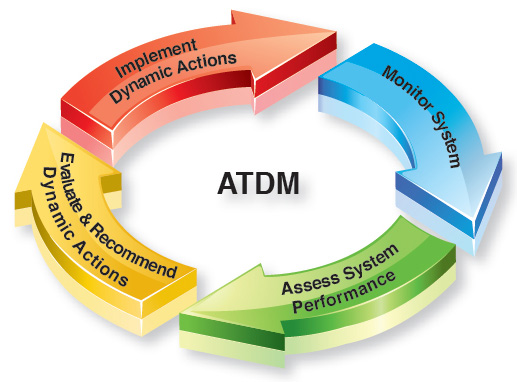Benefits of ATDM

Asynchronous Time Division Multiplexing (ATDM) offers several benefits compared to traditional Time Division Multiplexing (TDM) techniques. These benefits stem from its dynamic allocation of time slots and adaptive approach to bandwidth utilization. Some of the key benefits of ATDM include:
Flexible Bandwidth Allocation: ATDM dynamically allocates time slots to input signals based on their timing, bandwidth requirements, and availability of data for transmission. This flexibility allows ATDM systems to adapt to changing traffic conditions and data rates, ensuring efficient utilization of available bandwidth.
Support for Variable Data Rates: ATDM supports input signals with variable data rates by adjusting the duration and frequency of time slots to accommodate the varying data rates. This capability enables ATDM systems to efficiently multiplex signals with different bandwidth requirements without wasting bandwidth.
Optimized Throughput: By dynamically adjusting time slot allocation and bandwidth utilization, ATDM maximizes the throughput of the communication channel. Unused time slots are minimized, and the transmission channel is utilized efficiently to achieve higher data transmission rates and improved overall performance.
Real-time Adaptation: ATDM systems adapt to changes in traffic conditions and data rates in real-time, ensuring optimal performance and responsiveness. Dynamic time slot allocation and traffic management algorithms continuously monitor and adjust the allocation of resources to maintain efficient operation under varying conditions.
Efficient Resource Utilization: ATDM optimizes the utilization of available resources by allocating time slots only when data is available for transmission. Unused time slots are not wasted, and the transmission channel is utilized efficiently to maximize throughput and minimize idle time.
Scalability and Versatility: ATDM is scalable and versatile, making it suitable for a wide range of applications with diverse requirements and scalability needs. ATDM systems can accommodate increasing numbers of users, higher data rates, and evolving network architectures without significant changes to the underlying infrastructure.
Improved Quality of Service (QoS): ATDM systems can prioritize and manage traffic dynamically based on factors such as data priority, QoS requirements, and traffic patterns. This capability ensures that critical data traffic receives preferential treatment, leading to improved QoS and better overall user experience.
Adaptive Traffic Management: ATDM employs adaptive traffic management mechanisms to prioritize and schedule the transmission of data from multiple sources dynamically. Traffic management algorithms adjust the allocation of time slots based on traffic conditions and data rates in real-time, optimizing the performance of the ATDM system.
Overall, Asynchronous Time Division Multiplexing (ATDM) offers flexibility, efficiency, and scalability in multiplexing multiple signals over a single communication channel. ATDM systems adapt to changing traffic conditions and data rates, ensuring optimal bandwidth utilization, improved throughput, and enhanced overall performance in digital communication networks.
Thank you,